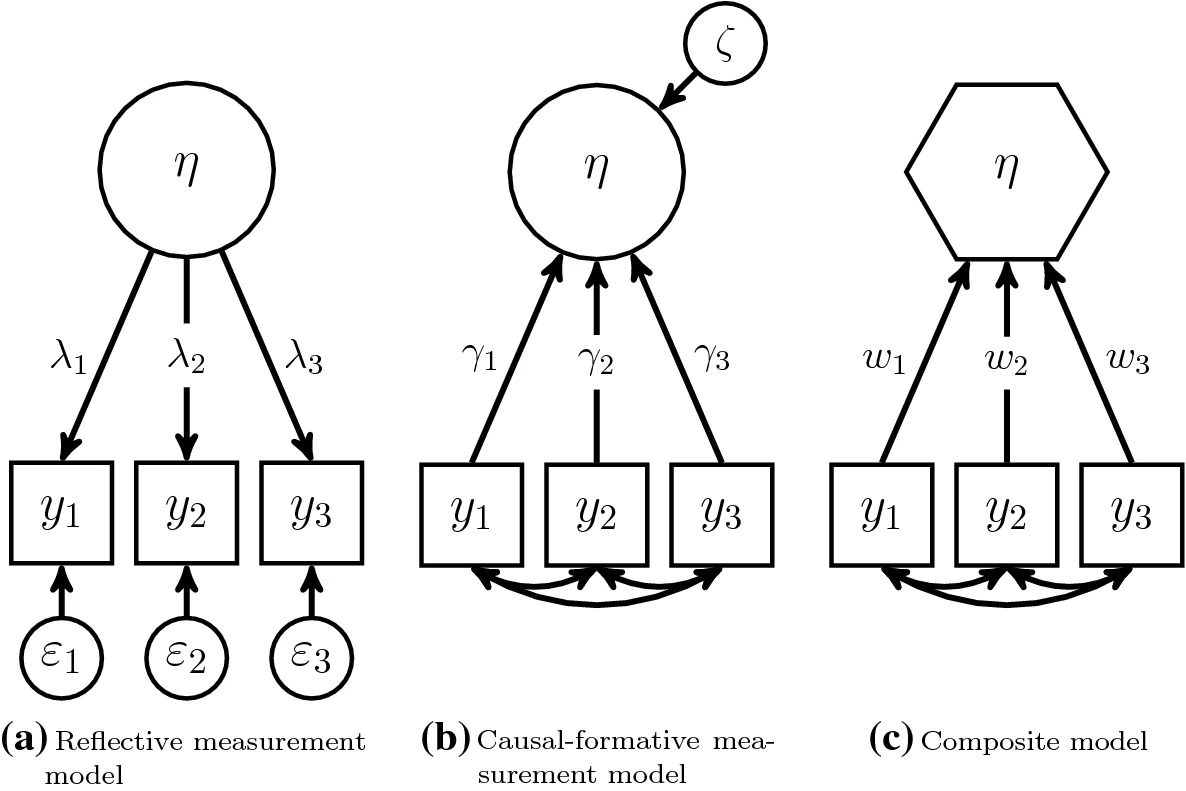Hello,
Schuberth (2021, https://doi.org/10.1007/s11846-020-00405-0) discussed a method to assess composite models, which he named 'confirmatory composite analysis' (CCA). He showed that it has some advantages compared to the method of confirming measurement quality proposed by Hair et al. (2020)*. Schuberth (2021) noted that CCA should be used to assess composite models, not reflective nor formative models. According to him, there are 3 models: the reflective measurement model, the causal–formative measurement model, and the composite model. In another article (https://doi.org/10.1108/IMDS-12-2019-0642), he stated that, in PLS-SEM parlance, a formative measurement model is a composite model for which the weights are estimated by PLS-PM Mode B.
Should we use confirmatory composite analysis to assess PLS-PM models with all unobserved variables estimated using mode B? In other words, is the mode B in PLS-PM a causal–formative measurement model or a composite model?
* Please note, Hair et al. (2020) has also used the term 'confirmatory composite analysis', but later it was suggested that the term 'method of confirming measurement quality' suits better to the method proposed by Hair et al. (2020).
Use of confirmatory composite analysis to assess composite models
Re: Use of confirmatory composite analysis to assess composite models
Sorry, my previous post was too long. Which one is the formative model (=mode B) estimated in PLS-PM?

